The evolution of Millerton’s Main Street
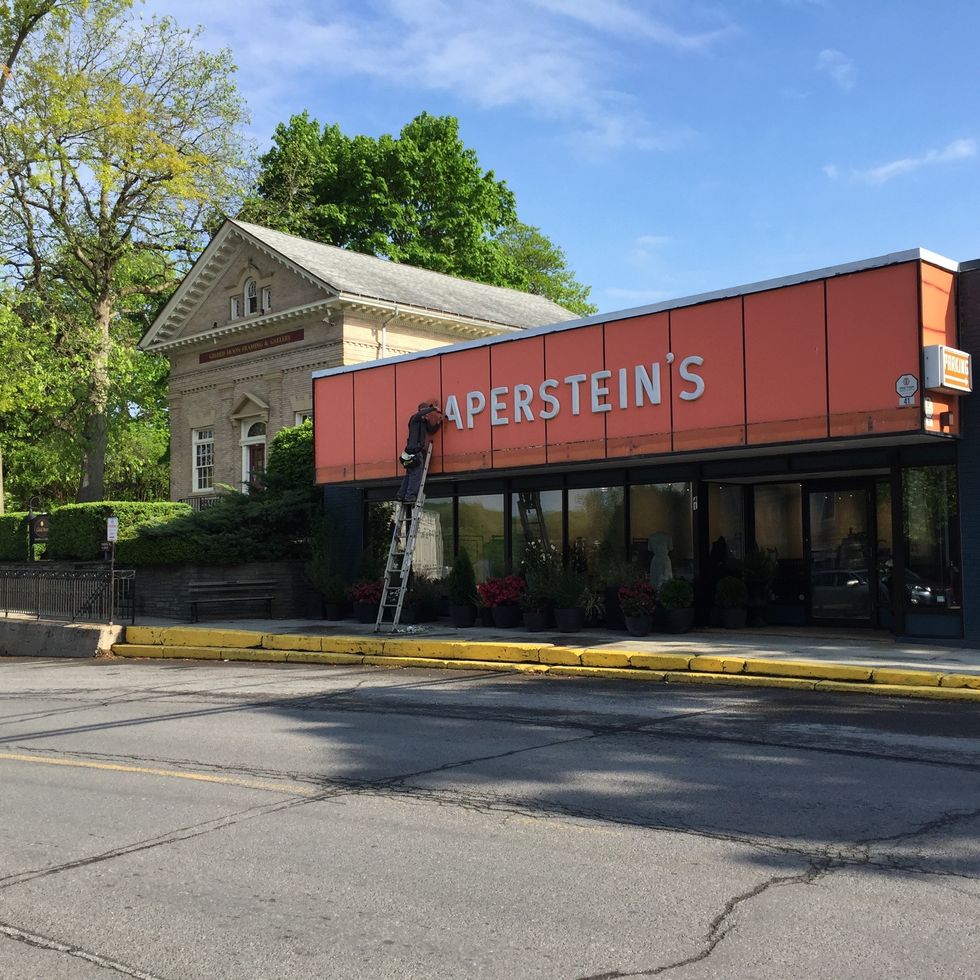
The orange awning with the large white block letters spelling Saperstein’s had become synonymous with the village of Millerton during the past seven decades, and it took locals a long time to get used to it being gone once the sign was removed. Photo from Millerton News archives
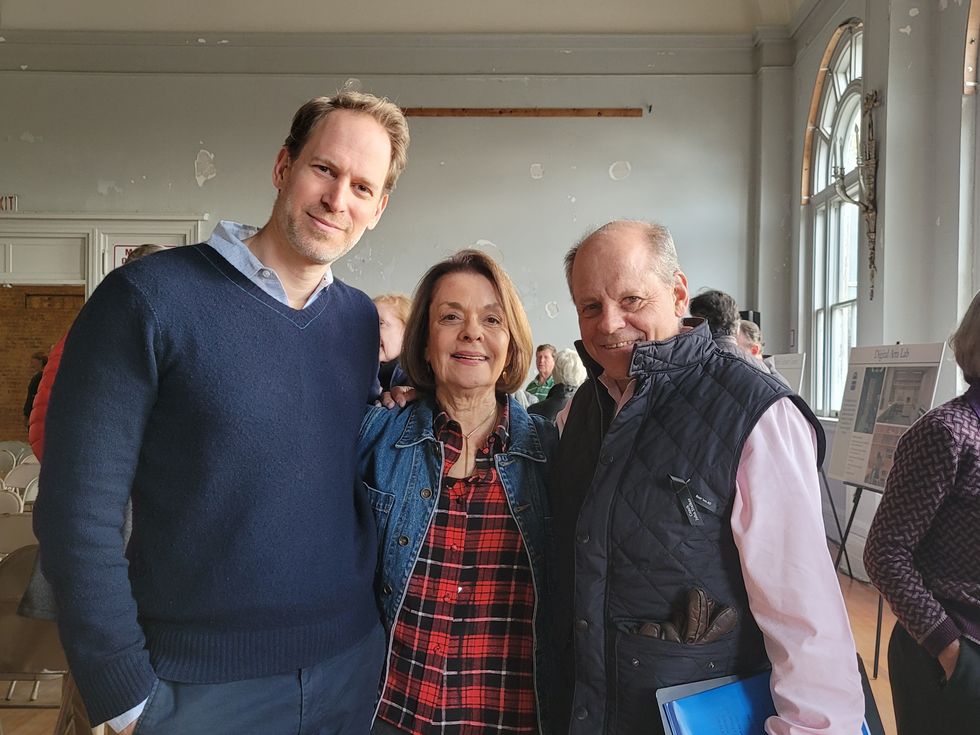





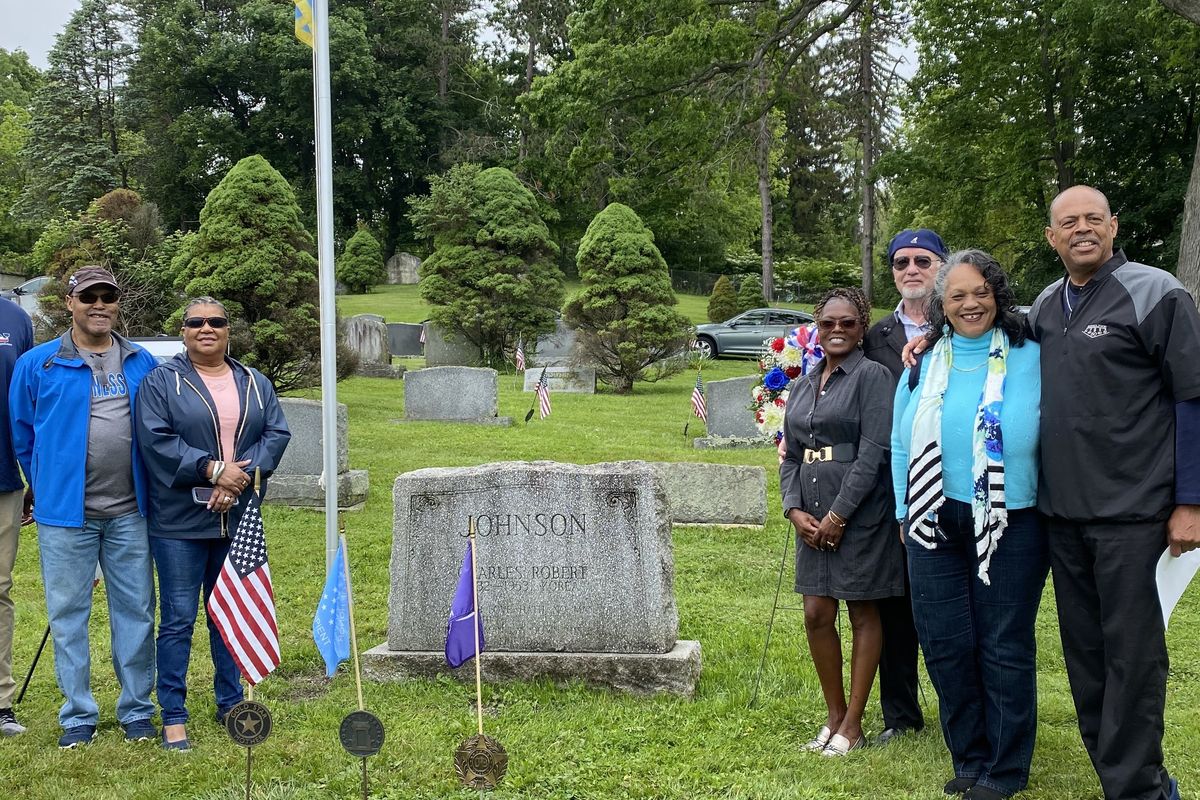
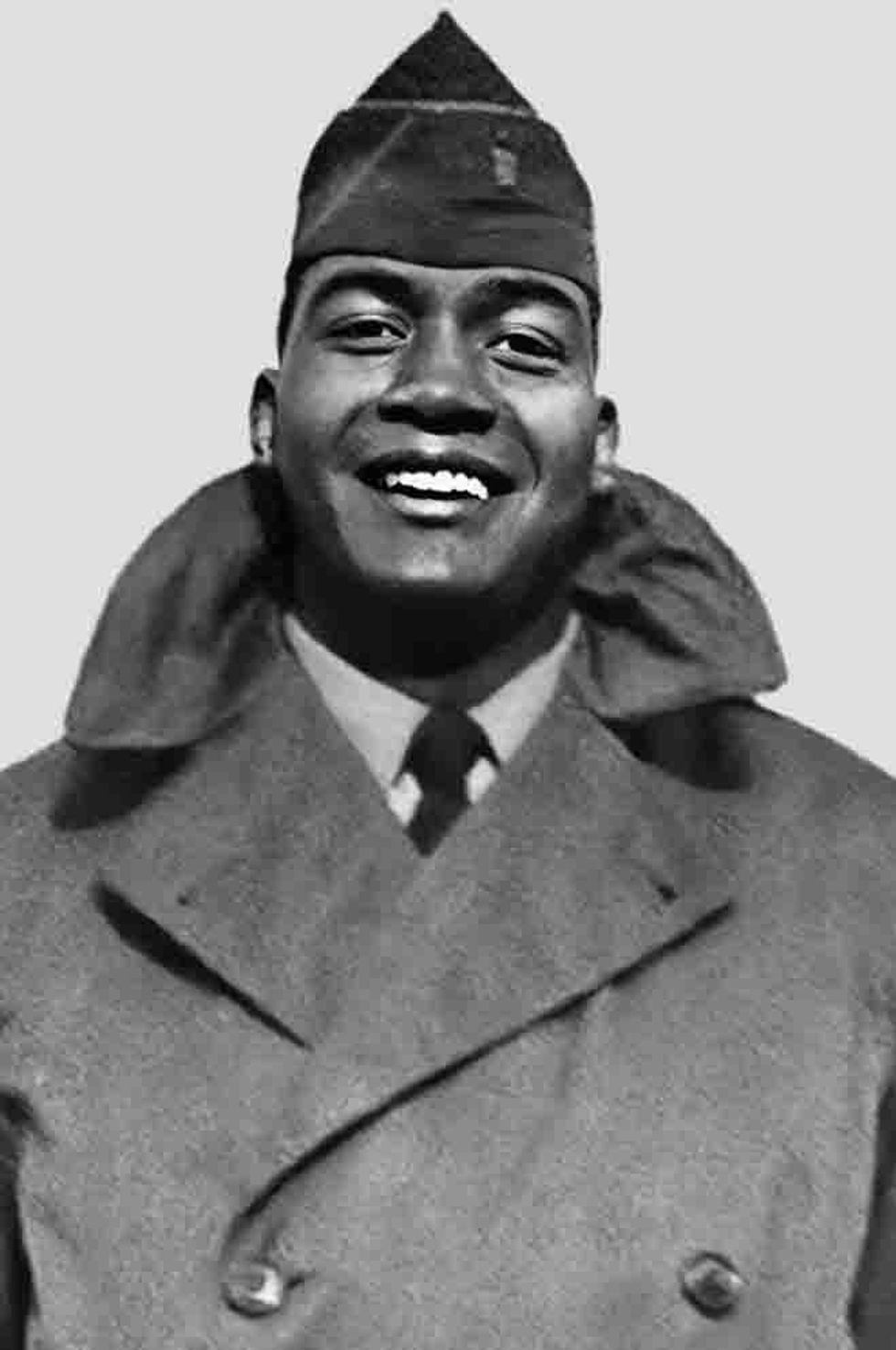 Charles R. Johnson, a Korean war veteran who died in combat in 1953, was posthumously awarded the Medal of Honor on Friday, Jan. 3. Photo provided
Charles R. Johnson, a Korean war veteran who died in combat in 1953, was posthumously awarded the Medal of Honor on Friday, Jan. 3. Photo provided 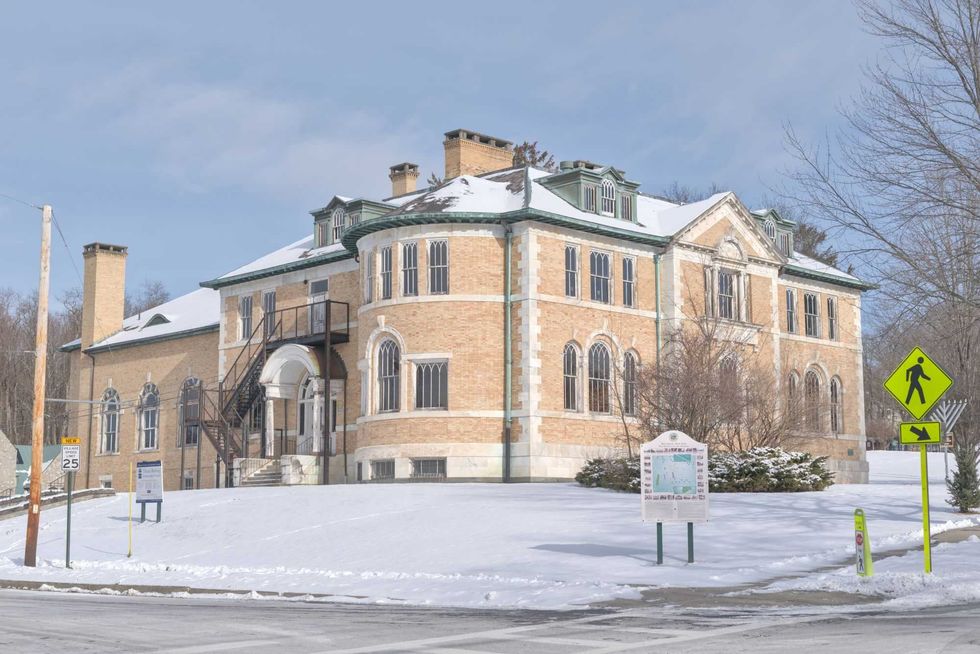 Millbrook board advanced plan for Thorne Building community center By Nathan Miller
Millbrook board advanced plan for Thorne Building community center By Nathan Miller 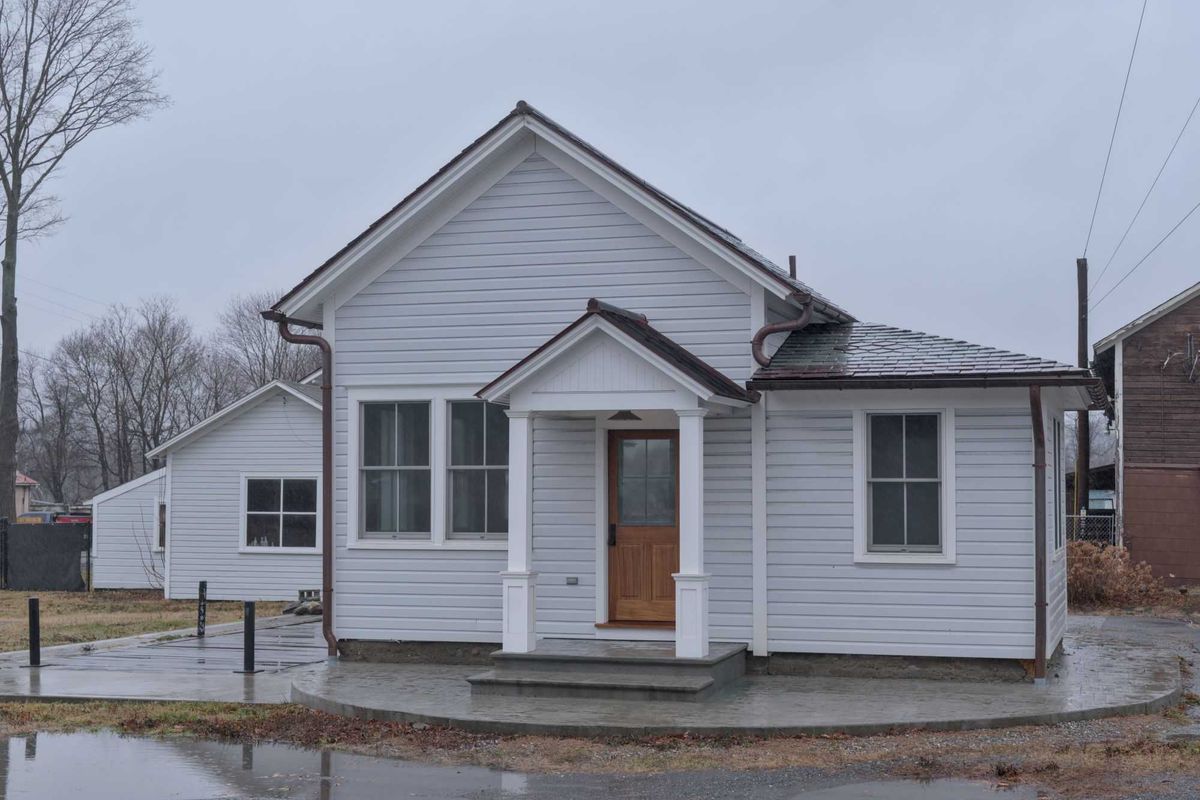
 LaBella Associates representative Pasquale Marchese said designers aimed to ensure the proposed new Town Hall would fit the character of downtown Pine Plains. Photo provided
LaBella Associates representative Pasquale Marchese said designers aimed to ensure the proposed new Town Hall would fit the character of downtown Pine Plains. Photo provided  The plans presented by LaBella AssociatesSource:
The plans presented by LaBella AssociatesSource:  Source: Dutchess County Board of Elections
Source: Dutchess County Board of Elections






